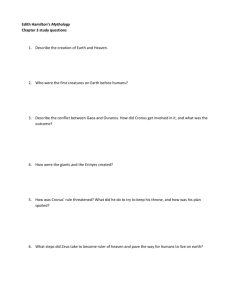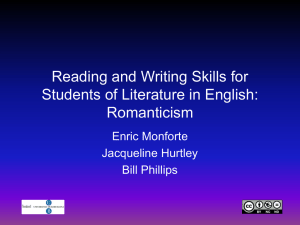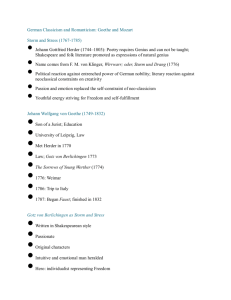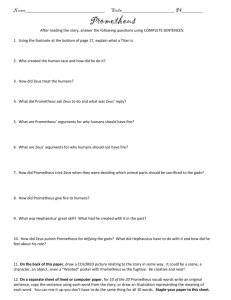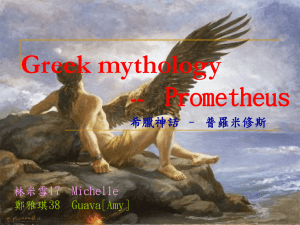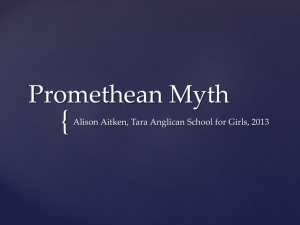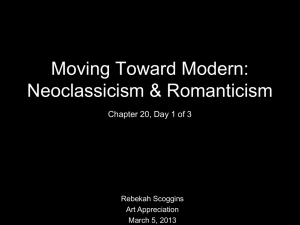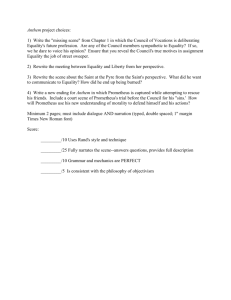Neoclassicism and Romanticism
advertisement
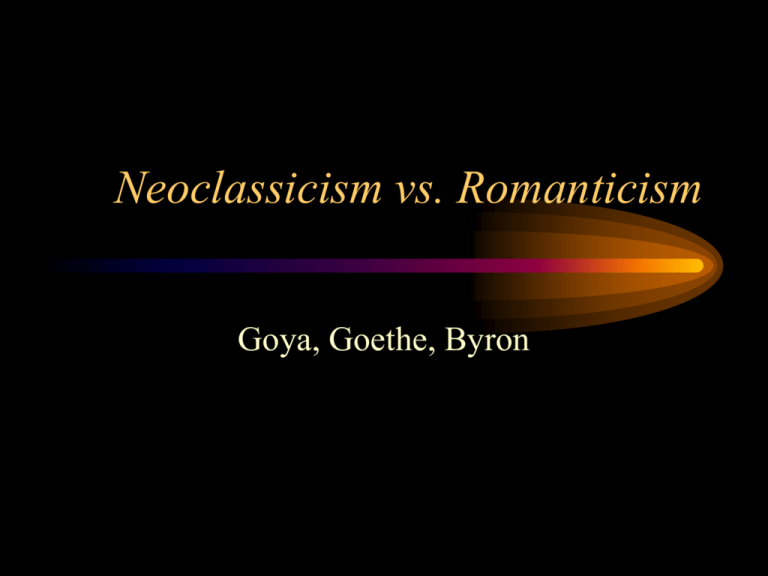
Neoclassicism vs. Romanticism Goya, Goethe, Byron • The sleep of reason produces monsters • The dream of reason produces monsters Neoclassicism • • • • • Symmetry Proportion Order Clarity Restraint Neoclassicism Neoclassicism Landscape with Aeneas on Delos Neoclassicism • • • • Decorum Harmony Restraint Imitation of Greek and Roman originals • Dominance of preestablished rules Jean-Louis David, Oath of the Horatians Neoclassicism • Purpose of art: to instruct by delighting • Dominance of the moral over the aesthetic function of art. Romanticism J.M.W. Turner, Snow Storm - Steam-Boat off a Harbour's Mouth Romanticism Caspar Friedrich, Abbey in the Oak Wood Romanticism Romantic Garden Romanticism • Prevalence of the individual, subjective, personal, spontaneous • Emphasis on the power of imagination, emotion, irrationality • Search for the transcendental • Appreciation for the power/beauty of untamed nature Romanticism • Emotion over reason, senses over the intellect • Preoccupation with genius, the individual, the exceptional • Artist as the supreme creator • Rejection of rules, importance of experimentation • Imagination as way to reach transcendental experience/truth • Predilection for the exotic, mysterious, weird, occult, monstrous, diseased, satanic • Search for national, autochthonous origins (resurgence of medieval, revaluation of Shakespeare, Calderón, Lope de Vega) Francisco de Goya y Lucientes 1746-1828 His life is described as having four stages: • Until 1793 – slow rise to maturity • 1793 – illness that left him deaf and released pent up creative forces within him • 1808 – Napoleonic invasion and Goya’s responses to the war. • 1819 – a second illness, he retires to the Quinta del Sordo, the Black Paintings First Stage: Tapestry Cartoons • • • • • General impression? Calm, peace, harmony Lack of emotion Beauty, grace Balance 1808 – 1814 Napoleon and the War of Independence The 3rd of May, 1808 The disasters of the war The Colossus – between 18081812 • Ambiguity of giant – Ignorant, arrogant prince? (Ferdinand VII) • Mountains= the powerful • Donkey=nobility – Hercules who rises up against Napoleon? – Buried to above the knees – Back to spectator – Closed eyes Black Paintings– 1820-1823 The witches’ Sabbath Saturn eating his son Prometheus • Rebel god (Titan) • Stole fire from Zeus and gave it to man • Chained to a rock • Eagle ate his liver each day • 13 generations later, Heracles killed the eagle Prometheus, Gustave Moreau Some Romantic works based on the Prometheus myth • Johann Wolfgang von Goethe, “Prometheus” (1774) • Ludwig van Beethoven, opus 43, Creatures of Prometheus (ballet), overture (1801) • Lord Byron, “Prometheus” • Percy Shelley, Prometheus Unbound (1820) • Mary Wollstonecraft Shelley, Frankenstein or the Modern Prometheus (1818, 1831) Johan Wolfgang von Goethe (1749-1832) • Perhaps the most important German writer (poet, essayist, dramatist, novelist) • Collected works form around 144 volumes • Most influential works: The Sorrows of Young Werther (1774), Wilhem Meister (18211829), Faust (Part I, 1808, Part II 1832) • A principal figure of the Sturm und Drang movement Portrait by Eugene Delacroix George Gordon, Lord Byron (17881824) • Perhaps the best known of the English Romantic poets • Main works: – Childe Harold’s Pilgrimage (18121818) – Manfred. Dramatic Poem. (1817) – Don Juan (1819-1824) Byronic hero • Exiled or solitary wanderer • Moody, passionate • Superior intellect • Heightened sensitivity • Rejects traditional values and moral codes Goethe and Byron’s “Prometheus” • In groups of three discuss the following and choose an image that you feel is particularly powerful to exemplify each: 1. How the Gods (Zeus, in particular) are characterized. 2. How Prometheus is characterized. 3. What stage of the Promethean myth is presented. 4. How the attitudes of the two poets differ.
